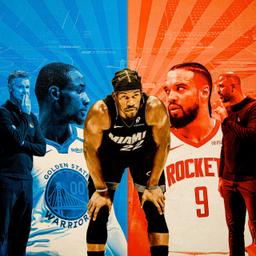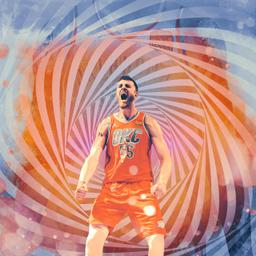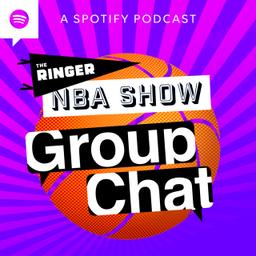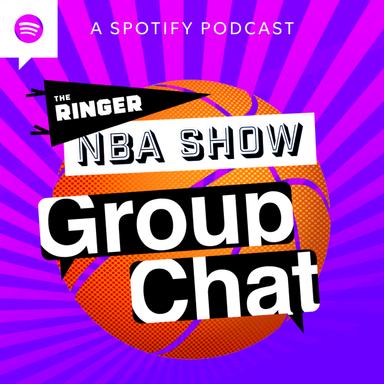In what some might call an impractical attempt to cope, here’s what LeBron James told reporters last week after his Lakers fell in a mistake-plagued overtime loss to the Hawks, their sixth defeat in eight games: “I don’t know as far as what will get us over the hump. We just got to just not drown. Don’t drown and we’ll be all right.”
Don’t drown and we’ll be all right. Ladies and gentlemen, the 2024-25 Los Angeles Lakers!
In that same postgame scrum, LeBron blamed L.A.’s erratic play on injuries mostly suffered by ninth, 10th, and 11th men. There may be some truth in that explanation, but it doesn’t change reality: The Lakers are unremarkable. Look past the 13-11 record: They have been outscored by 87 points on the season and are a putrid minus-84 when James and Anthony Davis share the court. LeBron’s individual plus-minus is minus-129, which ranks 484th out of 502 players. He missed the Lakers’ most recent game with a sore foot (his first absence of the season) and will also be out Friday night in Minnesota. All of this amounts to a check engine light as smoke billows out from beneath the hood.
The issues here mostly stem from an unbalanced and antiquated roster, and no issue is more concerning than a 26th-ranked defense that’s lost, stiff, and overmatched more often than not. The Lakers lack so many integral qualities found in the league’s better defenses—size, length, speed, athleticism, attentiveness, etc.—that they’re left with a microscopic margin for error.
Only the Thunder allow more second-chance points per 100 possessions; only the Pelicans, Jazz, and Blazers allow more fast-break points; and only the Bulls and Pelicans allow more points in the paint. L.A. is abysmal in transition and a step slow in the half court, with the third-worst defense after a missed shot and the second-worst defense out of timeouts. Zero teams provide less resistance in the fourth quarter, and only the Knicks are worse against top-10 offenses.
Boil that sludge down in search of a more clarifying diagnosis, and you’ll find one in the aftermath of last week’s 41-point blowout loss against the Heat. Speaking to the media, Lakers head coach JJ Redick was honest and harsh. He held himself accountable while acknowledging the limited impact anyone who isn’t on the court can have.
“I’m embarrassed. But I can’t physically get us organized,” he said. “I can’t physically be into the basketball. I can’t physically talk and call out reds, physically call out coverages. … We’re having trouble right now on both ends with, like, base-level game plan stuff. It’s odd. It’s very odd. … We went into the [Miami] game with our base-level coverage. … That’s not anything special we’re doing. You can’t really make adjustments if you can’t execute the base-level coverage.”
I don’t know every problem that Redick saw, but the Lakers’ most glaring gaffes have been tied to what might be the most notable divergence Redick has made from his predecessor, Darvin Ham: According to Sportradar, only one team is switching ball screens at a higher frequency than the Lakers. That’s a stark departure from last year, when Los Angeles ranked just 17th in switch frequency. When the Lakers reached the conference finals in 2022-23, they finished all the way down at 27th.
To Redick’s point, L.A. almost makes too many errors to gauge whether this nightly game plan is right or wrong. I say almost because when they do correctly follow it, the approach backfires. By switching 1 through 5, Redick is instructing the 6-foot-10 Davis—an all-time-great paint protector—to jump out on the perimeter, knowing Gabe Vincent, D’Angelo Russell, Austin Reaves, and Dalton Knecht are either too undersized, inexperienced, or inadequate to handle his assignment. It’s maddening, bordering on defeatist—an amplification of their own biggest weakness.
Last week, while reading a New Yorker article about breakup therapy, I came across a passage that compared the journey of heartbreak to a tightrope. “One end of the rope is anchored to your old life, the other to your new one. And to get from one end to the other, you must take one step at a time over a terrifying, treacherous chasm.” The metaphor is straightforward enough: Growth and acclimatization can often feel perilous and scary. Because I can’t turn certain parts of my brain off no matter how hard I try, it made me think about what happens when a basketball team has to evolve under a new head coach who wants to change their style of play and invade their comfort zone.
Sometimes the walk is smooth enough; players safely reach the other side, happy and rejuvenated. Other times, they misstep and lose their balance, unable for one reason or another to let go of what they used to be.
There are nights when these Lakers appear to have fallen off the rope, hit the ground, and immediately turned into Sideshow Bob, stepping on a bunch of rakes that are inexplicably scattered across a parking lot. It’s all aimless and exhausting.
Redick’s scheme not only fails to fit his personnel but it’s also dragged down by spotty execution. There are possessions in which the Lakers almost look like they’re doing the other team’s offense a favor. What shot would you like to take? Here you go! They don’t make the opponent hesitate or adjust, gift wrapping mismatches all over the floor. It’s a cocksure strategy with apathetic follow-through.
It’s not entirely surprising or misguided for Los Angeles to switch as often as it does. It’s an effective way to limit 3s, stay out of rotation, and induce one-on-one basketball. But it’s also a lot harder than people think. Players must exhibit positional versatility (the Lakers regularly deploy multiple turnstiles), off-ball awareness (the Lakers tend to fall asleep and/or be out of position on the weak side), and a willingness to communicate early and often, possession after possession after possession (the Lakers do not).
Switching helps keep Davis out of foul trouble. (He’s currently averaging the second-fewest personal fouls per 100 possessions of his career.) It can also set up convenient crossmatches heading the other way and is physically less strenuous for someone the Lakers want to play through.
But, again, as a default plan, repeated switches just don’t jibe with players who need Davis to be the back-line safety net on every play. Los Angeles is a bad defensive rebounding team with AD on the floor and could be better at protecting the rim, too.
If it really wants to be a defense that habitually switches, why not start with more advantageous matchups? Put LeBron or Rui Hachimura on the opposing center and let Davis roam off a low-usage alternative who isn’t likely to be called into a pick-and-roll. It’s how the Celtics use Kristaps Porzingis and the Rockets use Alperen Sengun. This is a contemporary tactic that better suits a team that doesn’t have enough (or any?) reliable perimeter stoppers.
Of course, it’s not foolproof. LeBron is a couple of weeks away from celebrating his 40th birthday, moving like a man who is a couple of weeks away from celebrating his 40th birthday. Spurts of athletic brilliance are undercut by the grim toll Father Time has taken on James’s body. He, understandably, can’t be left alone on an island and is increasingly susceptible to the type of backbreaking blow-bys that make a switch-everything scheme pointless. Every defense is no stronger than its weakest link.
He’s never been part of a defense this bad, nor one that is statistically so much better when he’s off the floor. LeBron’s mind may still be a step ahead of everybody else, but that advantage is neutralized if he and his teammates aren’t on the same page at the point of attack.
Regular seasons are long enough to allow some experimentation, and even if Redick has failed to modernize the Lakers offense in any meaningful way, it’s unfair to completely roast him 24 games into his new career. He isn’t stupid. A course correction was seen in L.A.’s most recent game, in which switches were dialed back (a little bit, though not entirely) in favor of Davis dropping toward the paint, forcing long 2s, and denying everything at the rim. The Lakers looked competent, though it’s probably not a suitable alternative against quality opponents.
No alternative can fix their seismic concerns in transition or magically return Alex Caruso to their rotation. Redick’s scheme is less a fatal flaw and more a miscalculation that exacerbates preexisting degenerative issues.
Sometimes there are no in-house solutions. Sometimes a team is too old and one-dimensional to compete on a nightly basis. Sometimes a trade out of desperation is also essential. This franchise might’ve thought it had a chance to win at the highest level with the team it built, but that was never practical. And, at the very least, until structural flaws are addressed with a more appropriate defensive scheme, a trouncing like the one in Miami won’t be the anomaly Redick hopes it was.




